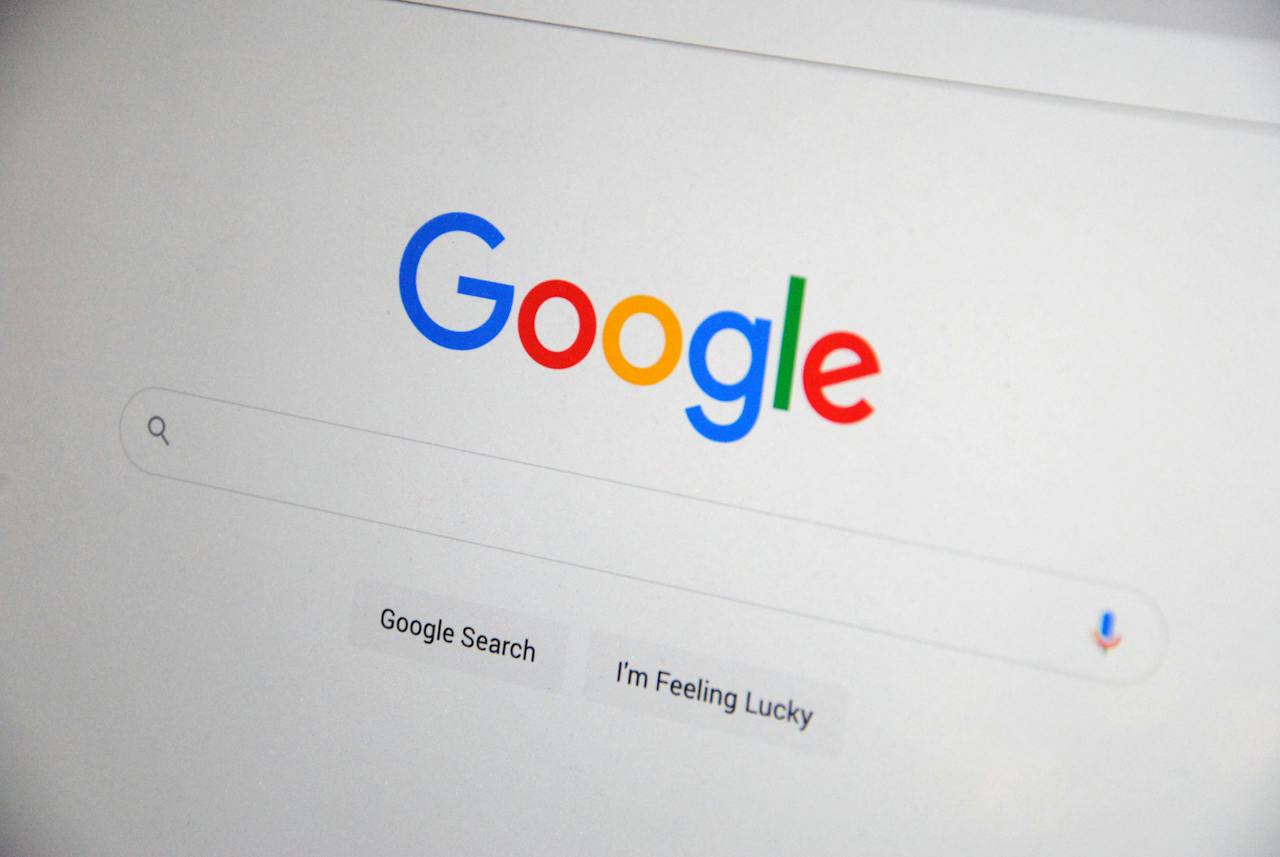When done right, sensational headlines can pique interest and create a strong call to action. However, many content marketers are caught in a tug of war between delivering clickbait and ensuring their SEO strategy is strong.
You’ve seen the headlines: “You’ll never guess what happened to this 4-year-old!”. It’s the Internet’s version of bait-and-switch marketing, which also includes malicious code.
Quality and Quantity of Content
Clickbait is a form of online content that uses sensational headlines to draw in readers. It often features a captivating image or an intriguing promise, and is designed to elicit a positive emotional response from users. It can be hard to resist clickbait because it appeals to our innate curiosity.
Many people use clickbait to gain traffic, and they hope that more clicks means more money. This is especially true for sites that rely on advertising revenue. However, clickbait can be misleading, and the resulting article may not be what was promised. It may contain information that is only loosely related to the title, or it could be full of misinformation from non-credible sources.
In addition, clickbait can damage a brand’s reputation. It can also harm SEO by causing search engines to penalize websites that produce low-quality content. Search engines are always introducing new updates to recognize and punish sites that use deceptive tactics, such as clickbait or duplicate content. These sites are then pushed further down the search results page by other websites with high-quality content.
As a result, it is important for marketers to balance quality and quantity when creating content. Quality content is more valuable than clickbait because it can attract more organic traffic and increase visibility. Creating high-quality content requires more time and resources, but it can have long-term benefits for your website’s SEO performance.
To avoid producing clickbait, it is important to understand what makes people click. It is essential to create content that reflects the interests of your audience and meets their needs. This includes conducting research, writing articles that are relevant to your industry, and using keyword research to ensure that your content is optimized for search engines. It is also important to create unique content that provides value to your audience. This can be done by creating a strong editorial calendar and using tools to help you write quality content. By taking these steps, you can avoid clickbait and achieve success in the world of SEO. SEO optimization carried out by South Lakes SEO is proven to be able provide you with expert guidance and advice to strike the right balance between quality and quantity in your content strategy.
Duplicate Content
When a search engine indexes your website, it looks for unique content that answers users’ queries. Duplicate content can affect your SEO and hurt your ranking potential. If Google sees that you have multiple pages with similar information, it will only display one of them to searchers. This is why it’s important to avoid creating duplicate content and to keep your content organized in a way that helps your SEO.
The infamous clickbait technique is all about creating sensational headlines that appeal to people’s emotions and trigger their curiosity. Whether it’s a video of a baby laughing, an adorable animal, or a shocking statistic, clickbait aims to get as many people as possible to click and view. While this strategy can generate lots of traffic in the short term, it’s not sustainable and can damage a brand’s reputation and authority.
Aside from the obvious ethical implications, clickbait can also have technical issues that make it difficult for search engines to index a site correctly. For example, if a page is published on both HTTP and HTTPS versions of a site, this can cause duplicate content. It’s also common to have duplicate content as a result of content syndication, where a piece of content is republished on another website without proper attribution.
As we move into a post-clickbait world, it’s up to marketers and website owners to find new ways to engage audiences. Understanding their genuine interests, behaviors, needs, and desires can help guide them in creating fresh and exciting content that naturally piques curiosity rather than using deceptive claims. In addition to this, it’s essential to focus on a long-term content strategy and stay informed of the latest SEO trends and algorithms. Ultimately, the best way to manage your SEO and maintain high-quality content is by using an SEO Dashboard that provides a clear overview of all your key metrics. This allows you to make smarter decisions that will ensure both a great user experience and long-term success for your online presence.

Keyword Placement
Using keywords in your content is important, but the key is to use them strategically. You want to incorporate keywords in a way that is natural and makes sense for your audience. It’s also important to use different types of keyword placement — such as in the title, meta tag, and header tags. The best way to do this is to research the keywords your target audience is searching for and make sure your content aligns with that search intent.
Clickbait is a type of online content that uses psychologically-manipulative headlines to lure readers and viewers into clicking on the article or video. Often, these articles or videos will contain false information or sensational claims. They may also feature a set of enticing words or phrases that are designed to evoke emotions in the reader/viewer, such as “SHOCKING!” and “MIND-BLOWING!”
While clickbait might drive initial traffic, it’s not sustainable in the long run. Viewers and readers will quickly lose trust in sites or brands that produce clickbait, and they’ll stop coming back. Additionally, using clickbait tactics can actually damage your SEO rankings. Search engines have become much smarter and can now tell the difference between genuine content and clickbaity fluff.
In order to balance SEO and quality, you need to focus on both the quantity and quality of your content. Search engines reward websites that provide users with high-quality, relevant, and up-to-date content. Additionally, frequent updates show that a site is active and engaging its audience.
In addition, you should consider the user experience when creating your content. Search engines are looking for content that is valuable and helpful to their users, so you should focus on creating content that answers common questions or concerns. This will not only help your site rank higher in search results, but it will also increase the likelihood that your content will be shared and linked to by others. Clickbait is a controversial topic that is often polarizing in the digital marketing world. However, if used in moderation, click bait can be an effective way to generate traffic and improve your website’s SEO.
Link Building
Link building is an important part of SEO, and it’s critical to ensuring that your website has a high-quality reputation online. In addition to increasing search engine visibility, a strong backlink profile can also increase the authority of your brand and the trustworthiness of your content. However, it’s essential to balance your link-building efforts with quality content. Otherwise, you could be wasting your time and hurting your website’s credibility.
Clickbait is a form of content that uses sensationalized headlines and misleading thumbnails to attract users. The purpose is to generate revenue through ads or affiliate marketing. This strategy is often seen on websites that rely on ad revenue to stay afloat, such as news sites or social media platforms. While these strategies may seem harmless, they can have serious consequences for user engagement and the overall health of a website.
The reason clickbait is so effective is because it capitalizes on two human motivations: curiosity and FOMO. Curiosity is the innate desire to fill in gaps in knowledge and close the gap between what we know and what we want to know. Clickbait articles create this sense of incompleteness by teasing shocking or life-changing information that they can only reveal once you click. This compulsion is reinforced by FOMO, which is the fear of missing out on something that other people are enjoying.
A great way to avoid falling victim to clickbait is to always read the article before clicking. This will ensure that you’re not being manipulated by an interesting title that promises one thing and delivers another. You can also avoid clickbait by avoiding websites that reward you for interacting with them. This type of site typically displays ads, has a low-quality design, and is often filled with spammy links.
While clickbait can be tempting, it’s important to remember that it will ultimately harm your website’s reputation and search engine visibility. It can also frustrate your readers and cause them to lose faith in your brand. When they see an article that promises one thing but delivers nothing of value, they’ll likely stop visiting your website and may even share negative reviews about your company.





